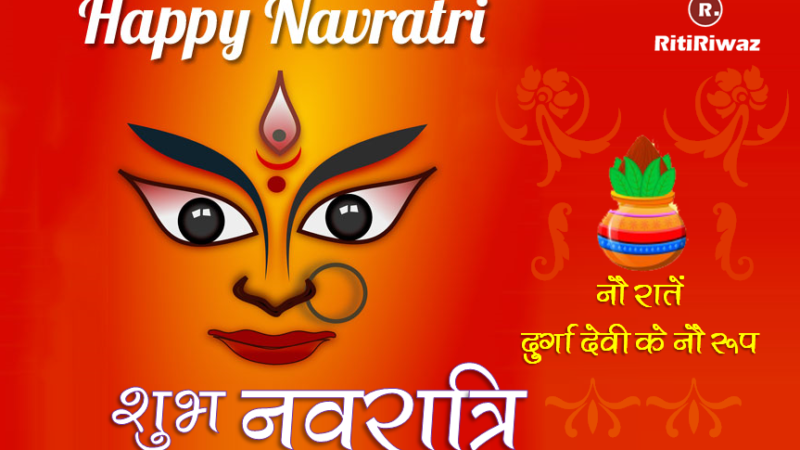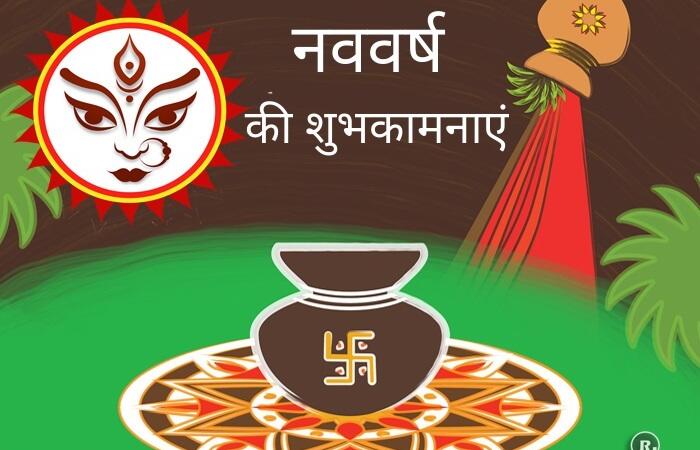Uttarayan and Dakshinayan Explained

According to the Hindu calendar, the change in position of the Sun occurs twice a year and these changes are referred to as Uttarayan and Dakshinayan. When the Sun travels from Capricorn to Gemini, then it is called Uttarayan, this is six months’ time. While when the Sun travels from Cancer to Leo, Virgo, Libra, Scorpio, and Sagittarius then it is called Dakshinayan, which is also six months time.
The Earth is divided into a northern and southern hemisphere by an imaginary ring called the equator. Whichever hemisphere is more directly facing the Sun during the course of the Earth’s orbit will receive more of the Sun’s energy for more of the day. The hemisphere that is more directly facing the Sun at a given point in Earth’s orbit receives more of the Sun’s energy.
Clearly, the annual motion of the Earth around the Sun is the cause of Earth’s seasons. The Sun and the stars are fixed and the Earth circles the Sun passes through the same constellations (an area on the celestial sphere in which a group of visible stars forms a perceived outline or pattern) in the sky every year. We give those constellations a special name: the zodiac. The Sun appears to move from the South of the Equator towards the North (January through March).
As the Sun crosses the Celestial Equator on about March 21, marking the beginning of the Spring in the Northern Hemisphere (and the Fall in the Southern Hemisphere), the day and night become equal in duration (12 hours each) all over the world. For the next three months, the Sun moves northward and reaches a north-most point in about June 21.
After June 21, the Sun appears to start its journey southward crossing the Equator around September 23 (Autumnal Equinox). The Autumnal Equinox marks the beginning of the Fall Season in the Northern Hemisphere (and Spring in the Southern Hemisphere), and again on this day, the length of day and night become twelve hours each all over the world.
Uttarayan refers to the northward movement of the Sun and is a symbol of positivity. Dakshinayan comprises winter, autumn, and monsoon. Uttarayan is considered auspicious while Dakshinayan is considered inauspicious.
Uttarayan (उत्तरायण)
Uttara (उत्तर) means northward & aayana (आयन) means movement in Sanskrit.
The sun is located at the southernmost position in Southern Hemisphere, begins its journey towards the northern tropic i.e. Tropic of Cancer, and reaches the extreme north position around June 22. Thus, the period between the Summer solstice and Winter solstice as per the tropical zodiac is known as Uttarayan. The Sun is on an upward journey from January to June (Uttarayan phase).
It is the transition of winters into summers and the beginning of harvest season for farmers. After this period the daylight keeps on increasing. Uttarayan consists of Winter, Spring, and Summer seasons, it starts around 22nd December and lasts for 6 months till approximately June 21. After 14 January the sun enters the next zodiac phase i.e. Makar (Capricorn zodiac sign) after which it moves into the sign of Aquarius and then to the sign of Pisces, Aries, Taurus, and finally into Gemini.
Dakshinayan (दक्षिणायन)
Dakshin (दक्षिण ) means South & aayana (आयन) means movement in Sanskrit.
As its name suggests Dakshinayan is the opposite of Uttarayan. Dakshinayan begins around 21st or 22nd June when the sun goes from Uttarayan to Dakshinayan. Dakshinayan is the southward movement of the sun starting from the point when the sun enters the sign of Cancer (Kark) which falls on 16th July every year. Dakshinayan is also called Kark Sankranti as the sun moves to the zodiac sign of Kark (Cancer) then moves to the Sign of Leo, Virgo, Libra, Scorpio then into the zodiac sign of Sagittarius. At Dakshinayan the nights become longer and the days become shorter.
Significance of Uttarayan and Dakshinayan
Makar is the first phase to witness the movement of the sun upward hence this phase holds a great significance in astronomy / ancient philosophy. Uttarayan is considered to be very auspicious as it is the beginning of warmer and longer days. Uttarayan in ancient beliefs is that at this time the sky is clear i.e. devoid of clouds. It is also the harvest time for the crops. As the cultivated crops are been ready to harvest. and then dried in longer / brighter days of Uttarayan or the period after 14 January.
Uttarayan is a time for enlightenment. On 14th January Makar Sankranti is celebrated which consists of two words Makar and Sankranti. The meaning of Makar is Capricorn, and the meaning of Sankranti is the transition, which makes Makar Sankranti the transition of the sun in the Capricorn (zodiac sign). It is a very auspicious and sacred occasion, according to Hinduism.
In mythological episodes, Bhishma waiting on his deathbed of arrows for many weeks. Though he was severely injured, he held onto his life until Uttarayan came because he wanted to make use of this transition in nature, to make his own transition possible. On this day, Gangaji followed Bhagirath and also met Kapil Muni in the Ocean. Also, on this day only, Maharaja Bhagirathi offered this day to his ancestors. In the memory of that only, wonderful fairs are organized at Gangasagar on Makar Sankranti.
There is also a belief that taking a dip in the holy water of ‘Triveni Sangam’ is the point where three holy rivers met is Ganga, Yamuna, and Saraswati at Prayagraj. During the time of Makar Sankranti ‘Kumbh Mela’ has great importance in the Hindu religion. During that time, taking a dip in the holy river washes away all your sins with the flow of the river.
During Dakshinayan the sky is filled with clouds (winter, autumn) and is a time for purification, and is associated with negativity. Dakshinayan is associated with longer nights and shorter days and auspicious works are discouraged during this period. This period according to Vedic tradition is considered inauspicious and is also called “a night of Kal Devas“. When all the events taking place during this period are under the supervision of the Asuras (Demons).






